System integration – Looking beyond the impact of the lockdown


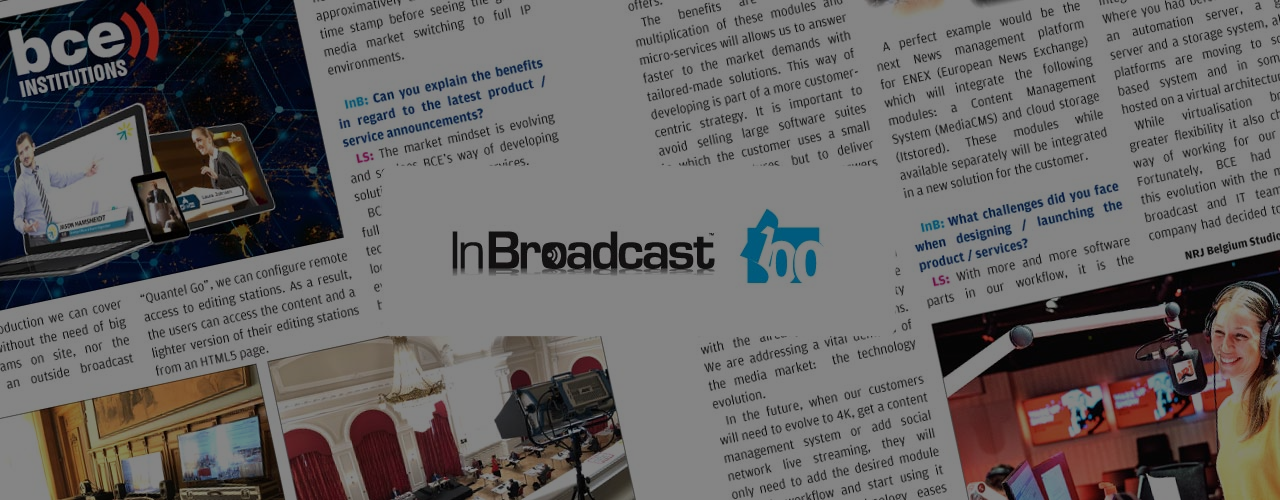
InBroadcast: Can you give us a brief overview of what we can expect in the next 6-12 months within your sector?
Laurent Seve: While the world is confined, the Covid-19 crisis has a strong impact on all the markets, including the media industry. Giving a complete feedback of what will occur during the next 6-12 months can be quite tricky.
The only certainty we have is that many projects that were postponed due to the confinement will all trigger back at the same time, putting all the media actors in front of higher work volumes and an obligation to deliver their services within shorter time frames.
At BCE, we are already thinking of the next steps and we have organised our company resources to be able to cope with our customers’ demands. But the actual crisis does not really impact our day to day operations. For instance, on one hand many public events were cancelled, but on the other hand our customers asked new type of productions with mobile studios, remote production, streaming live or replay… giving more work to our production, IT, system integration, broadcast and even post-production areas.
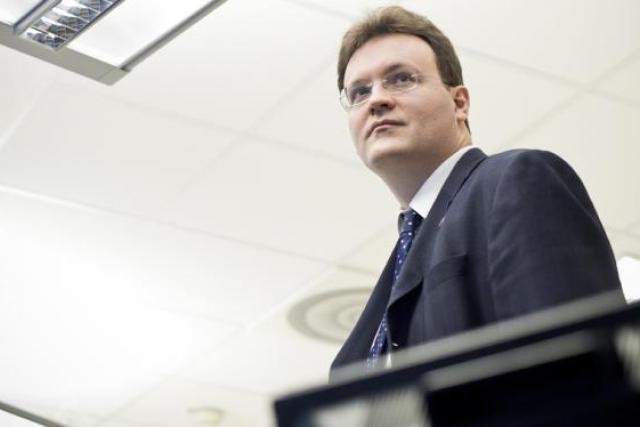
These are exactly the type of developments BCE has been working on the latest months, namely: Remote Production. The rise of IP infrastructure geared with the perfect mix of technology and flexibility allowed our company to reconsider the complete production workflow. We are talking about a complete revolution, with remote production we can cover major events without the need of big production teams on site, nor the presence of an outside broadcast truck.
The production control room stays at your premises while the event location is equipped with remote cameras, and a platform (such as BCE’s StudioTalk) to allow the control of the cameras, the content, the channel branding and the transmission of the feeds. In addition, with technologies such as “Quantel Go”, we can configure remote access to editing stations. As a result, the users can access the content and a lighter version of their editing stations from an HTML5 page.
New transmissions layers such as 5G, high speed internet over fibre and of course IP highly contribute to the development of these new ways to centralise the workflows of the companies but also allowing the employees to work from virtually anywhere, including their home during the actual sanitary crisis.
During the pandemic, BCE has installed a complete conference and TV production platform for the Luxembourg Parliament. After planning the installation via video calls and installing the platform on site following the security and sanitary measures, BCE was able to ensure the production of the sessions as well as the live streaming on the internet, and the broadcast on TV and Radio.
While there is a clear development of IP-based workflow, remote production and 5G, there is still a high demand for more traditional SDI projects. The IP is a costly evolution, as a result numerous media companies do not need to move immediately to this new technology, we believe there is approximatively a four to five years’ time stamp before seeing the global media market switching to full IP environments.
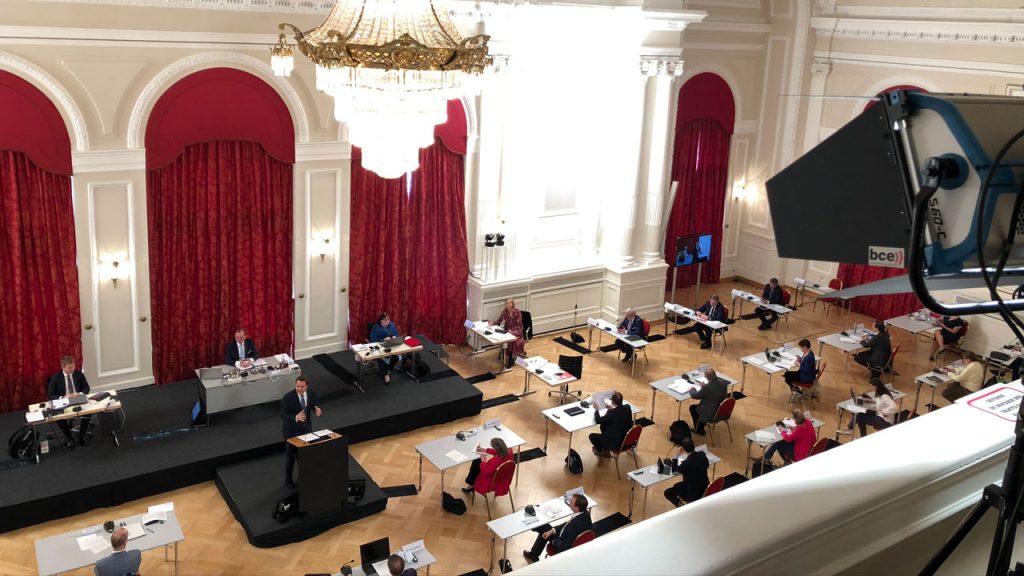
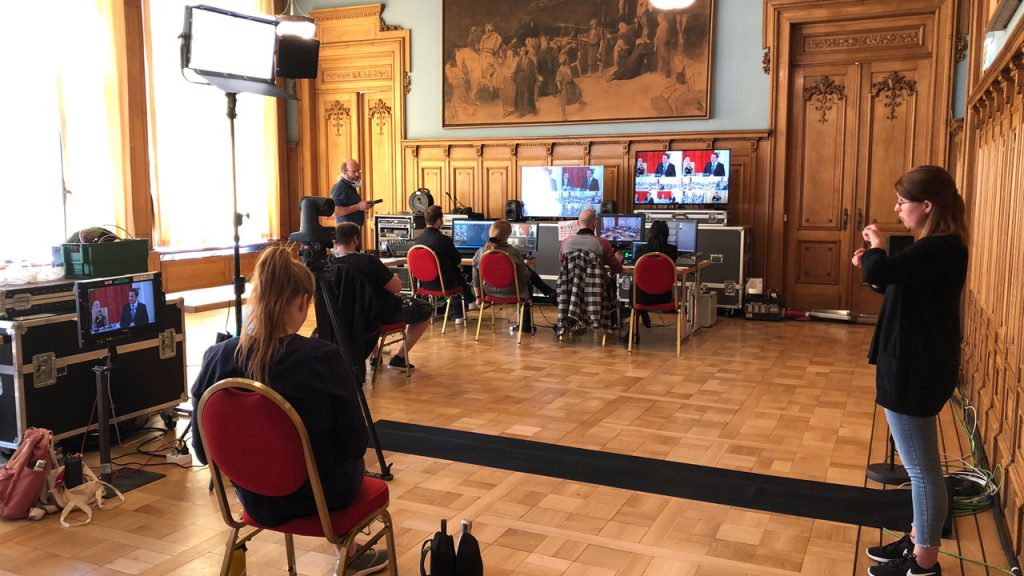
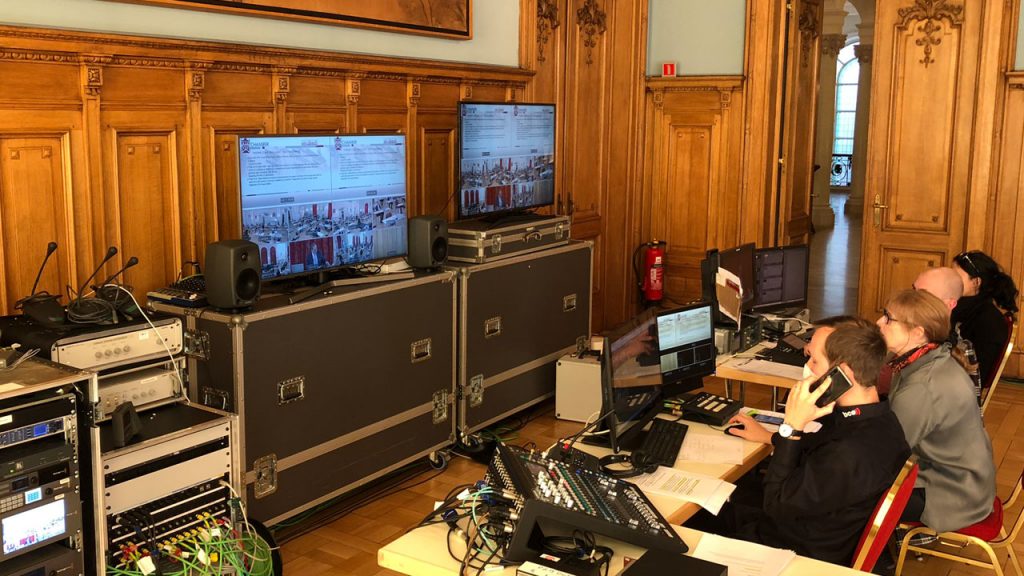
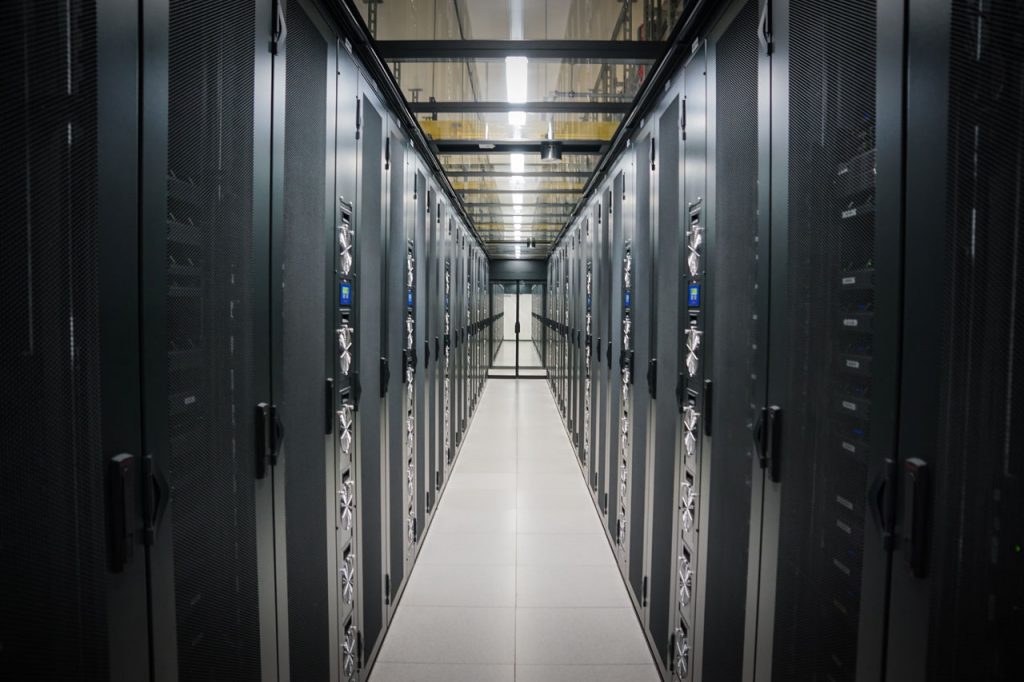
BCE’s Datacenter
InB: Can you explain the benefits in regard to the latest product / service announcements?
LS: The market mindset is evolving and so does BCE’s way of developing solutions and launching services.
BCE was a pioneer in adopting a full IP-based workflow. More than a technology move, we were actively looking for a way to make our services evolve, thus gaining flexibility and breaking the walls of the media environment.
On the product side BCE has launched many new products including StudioTalk, a complete production system, allowing production, camera control, external feeds integration, channel branding, content management, live streaming and broadcast; Itstored a cloud-based storage solution with S3 integration; BCE DRM, digital rights management for your content and a Cloud playout platform, build in BCE’s Datacentre, for any type of customer (24/7 linear channel, temporary channel or even for disaster recovery).
On the service side BCE has launched BCE Streaming, which englobes production, project management, streaming and online video platform content management; BCE sports a set of media services for the sports industry; BCE institutions, for the corporate and institutional market and is looking forward to launch BCE Fashion which will be the perfect match for the fashionistas.
All these new products and services are the direct result of the evolution of our workflow. We have created numerous micro-services and modules which can be integrated to create new solutions and set of services.
Some of our key partners are also following this trend and we make sure that their modules and micro-services may be perfectly integrated in our new offers.
The benefits are clear, the multiplication of these modules and micro-services will allows us to answer faster to the market demands with tailored-made solutions. This way of developing is part of a more customer-centric strategy. It is important to avoid selling large software suites in which the customer uses a small number of features, but to deliver a solution or service which answers exactly his needs.
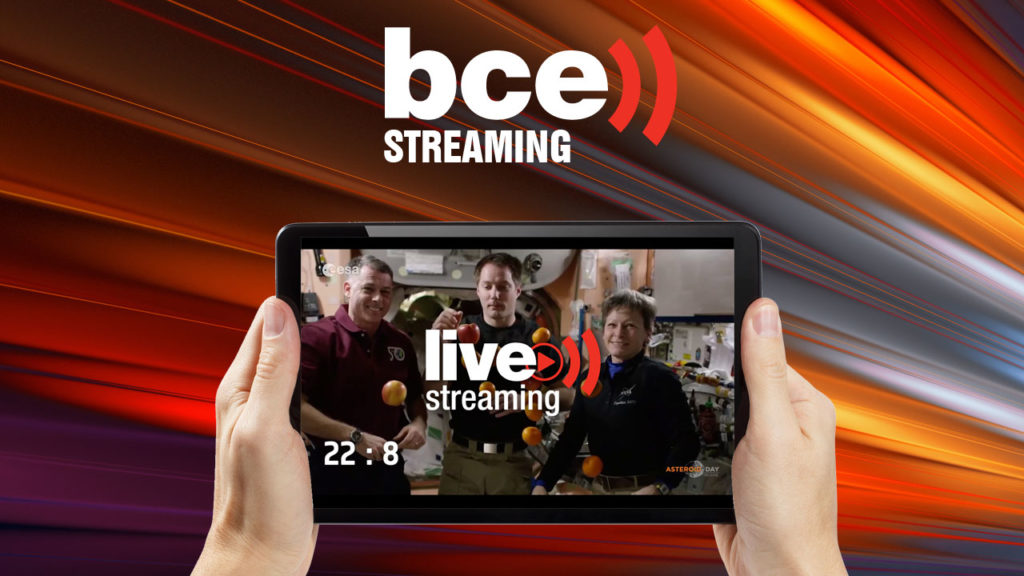
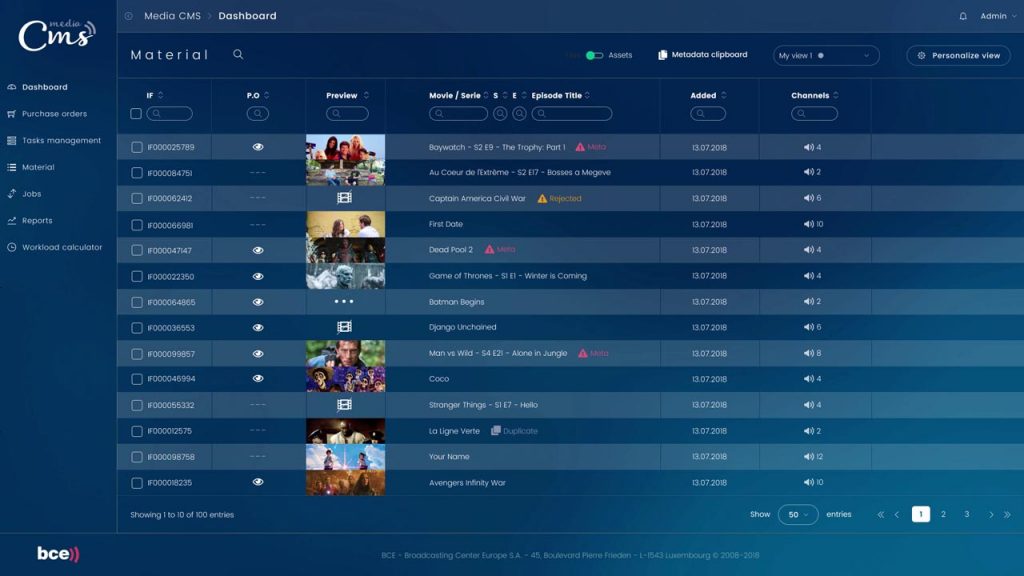

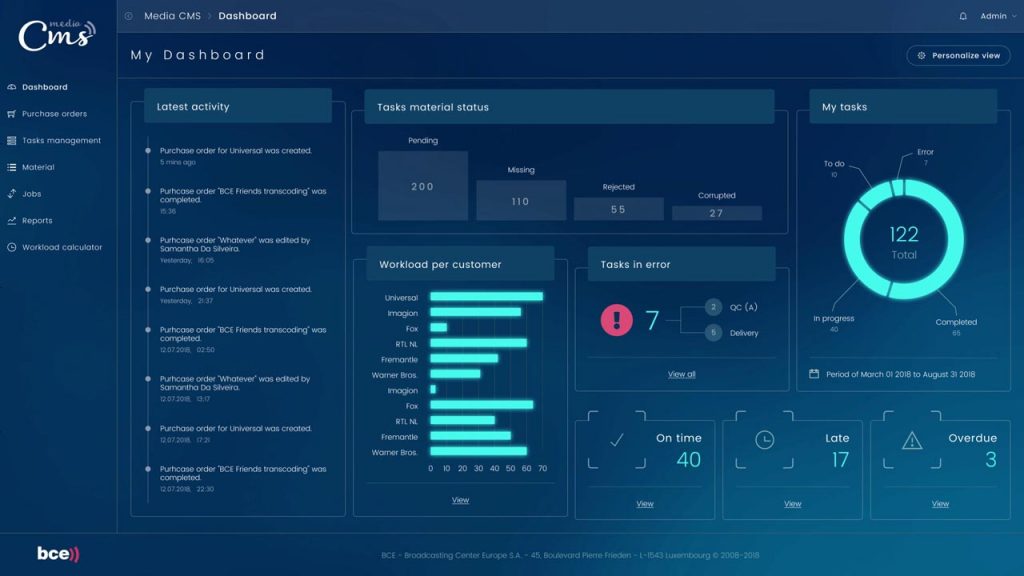
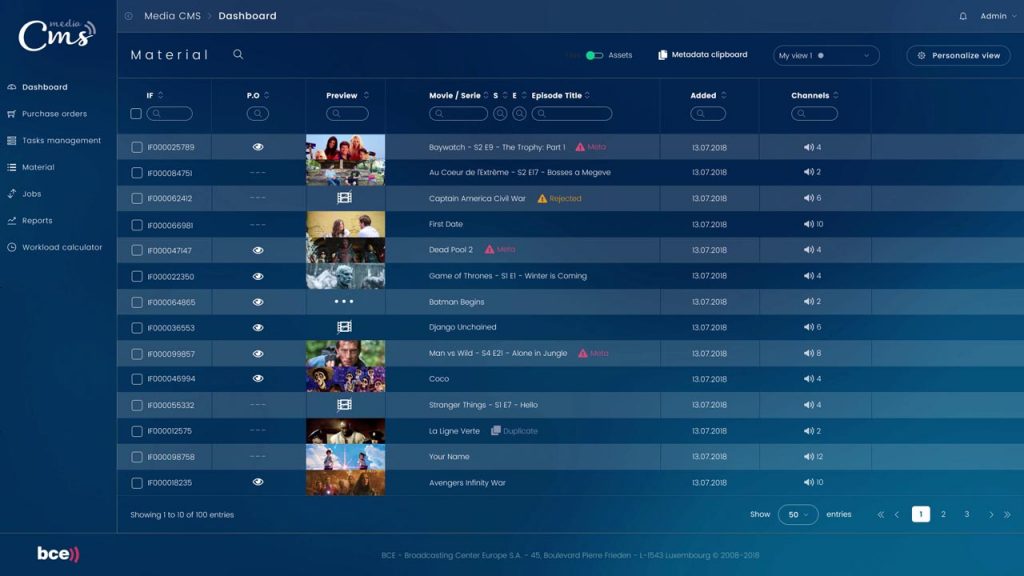
On the development side, it is easier to improve modules than re-think a complete solution. But it is also easy to create new features which can be added to a software without the need to think about its compatibility with the already installed systems. We are addressing a vital demand of the media market: the technology evolution.
In the future, when our customers will need to evolve to 4K, get a content management system or add social network live streaming, they will only need to add the desired module to their workflow and start using it immediately. This technology eases as well the integration of cloud-based solution within more traditional workflows. As a result, the customer will not need any heavy infrastructures in its premises, lowering its operational costs while getting the exact solution he needs to operate its media platform.
A perfect example would be the next News management platform for ENEX (European News Exchange) which will integrate the following modules: a Content Management System (MediaCMS) and cloud storage (Itstored). These modules while available separately will be integrated in a new solution for the customer.
InB: What challenges did you face when designing / launching the product / services?
LS: With more and more software parts in our workflow, it is the integration side which is evolving. Where you had before a mixing table, an automation server, a graphic server and a storage system, all these platforms are moving to software-based system and in some cases hosted on a virtual architecture.
While virtualisation brings us greater flexibility it also changes the way of working for our engineers. Fortunately, BCE had anticipated this evolution with the merge of our broadcast and IT teams when the company had decided to move to file-based workflows. At that time, it was paramount to ensure the knowledge sharing between the teams to be able to develop adapted solutions.
Today we are much above the idea of sharing, we are talking about complete knowledge transfer since our employees deal with software solutions at every step of the workflow. While we were able to cope with this evolution of the technology, most of our customers did not. The challenge now is to help them with this transition supporting them at each step of their project, making the right choices and ensuring the knowledge transfer with dedicated training sessions for their teams so that they may evolve with the media market.
The virtualisation leap is very exciting, we are looking forward for the moment when our customers will be able to easily evolve thanks to our modules and micro-services. In fact all these features can be compared to the way we use Apps today, when we are looking for a new camera, we do not need any piece of hardware, we just download the best App and start using it immediately.




InB: Which territories do you think will show particular interest?
LS: While we see developments in Africa, many projects will take place in the European countries.
The contribution and distribution networks are well developed in the majority of Europe allowing a faster development of remote production project.
Most of the companies have both IT and broadcast teams allowing a smarter knowledge transfer within their departments and ensuring a faster evolution to new workflows, services and cloud solutions.
InB: Thank you for taking time to answer our questions.